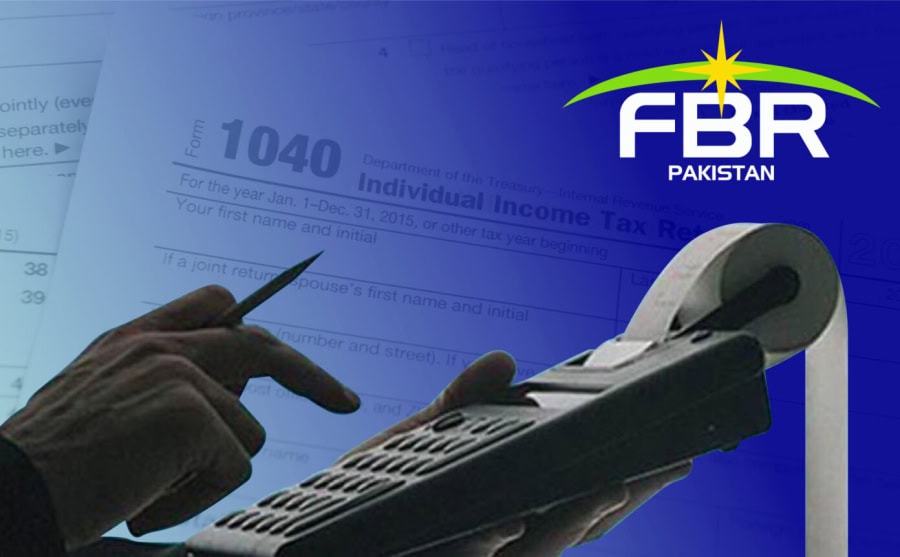ISLAMABAD – Pakistan has made progress in increasing tobacco taxes, but it has not fully implemented the World Health Organization’s (WHO) recommendations to save lives and reduce tobacco use. The WHO suggests that tobacco excise taxes should be at least 70% of the retail price.
Currently, Pakistan has a two-tiered system of Federal Excise Duty (FED) on cigarettes. After increases during 2022-23, the current FED share in retail prices is 48% and 68% for low and high tiers, respectively. However, tobacco industry interference has weakened policies, despite Pakistan being a Party to the WHO Framework Convention on Tobacco Control (WHO FCTC) since 2005.
According to the Global Tobacco Industry Interference Index 2023, Pakistan ranks 32 and tobacco taxes, as a percentage of the retail price, stand at 61%, while the global standard is 70%. The country needs to align its policies with WHO recommendations to save lives.
In its latest policy paper, “Recovering Healthcare Costs and Saving Lives,” the Social Policy Development Centre (SPDC) has proposed a 37% increase in FED in the next fiscal year’s budget. The SPDC estimates that such an increase can save 265,000 lives, generate an additional revenue of Rs 37.7 billion, and push 757,000 people to quit smoking.
Pakistan still trails behind regional countries and the rest of the world in enforcing tobacco control measures, due to low cigarette prices. A staggering 31.6 million adults, nearly 20% of the adult population, use tobacco products in Pakistan. Tobacco consumption is responsible for approximately 160,000 deaths annually, accounting for a considerable 1.4% of the country’s GDP in healthcare expenses each year.
Maryam Gul, Director of the Center for Research and Dialogue (CRD), said that Pakistan needs to robustly implement WHO recommendations to bring down tobacco use in the country.










